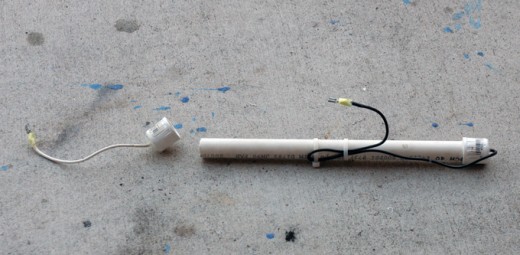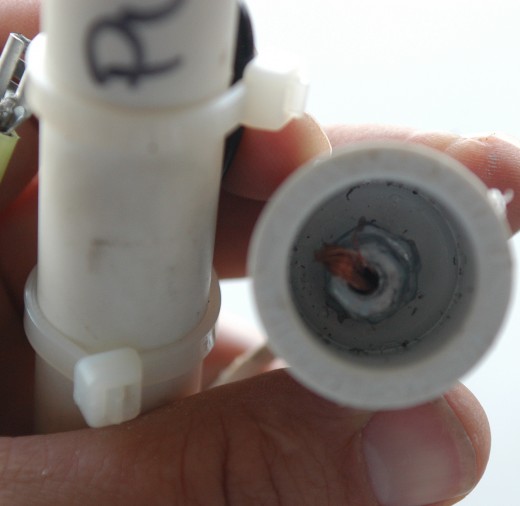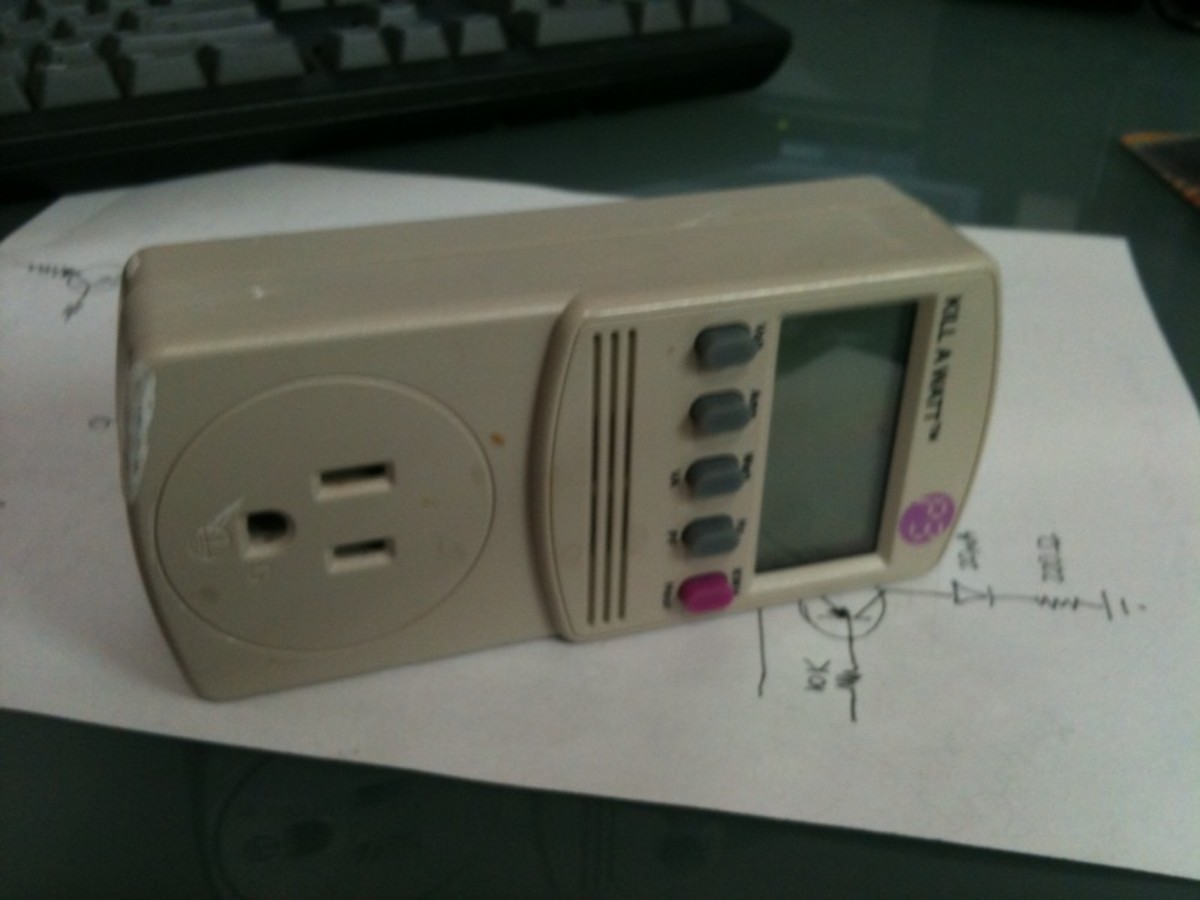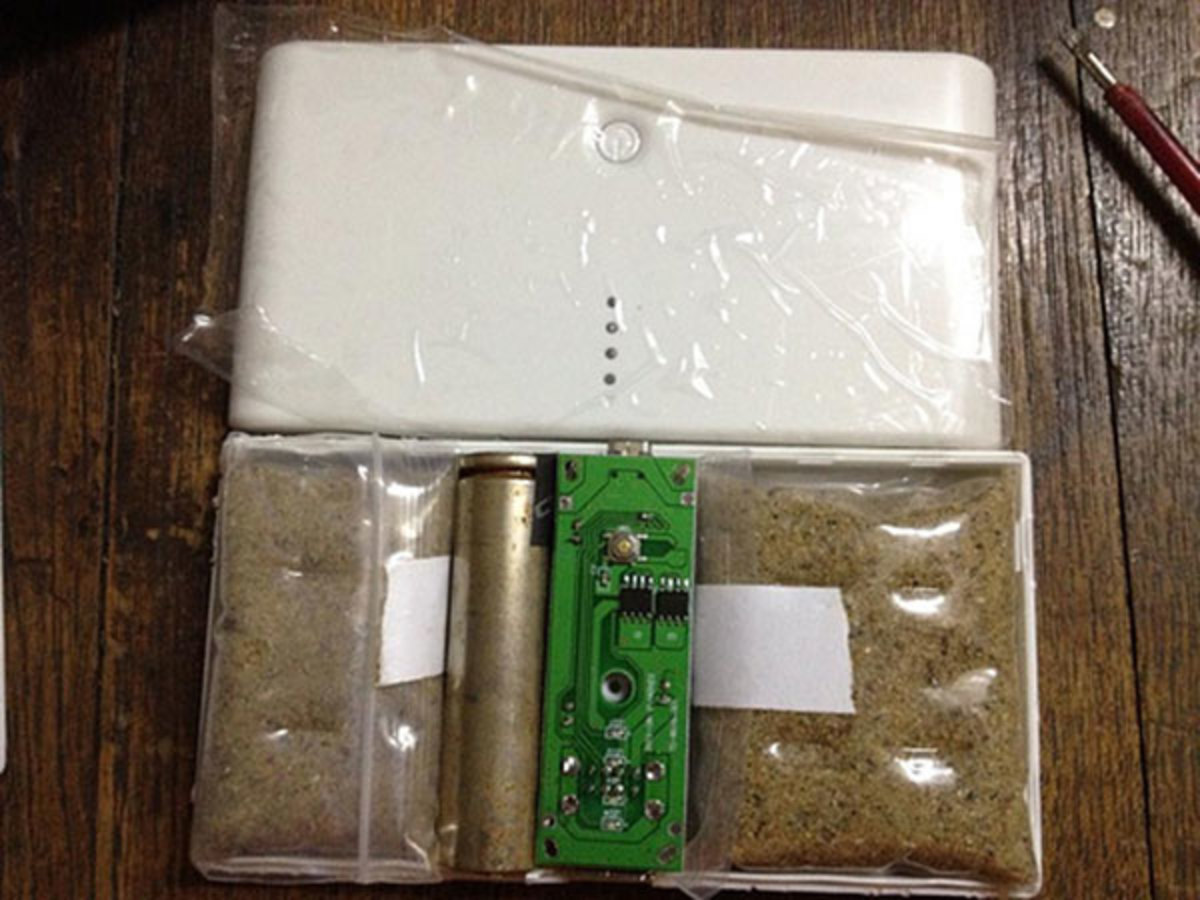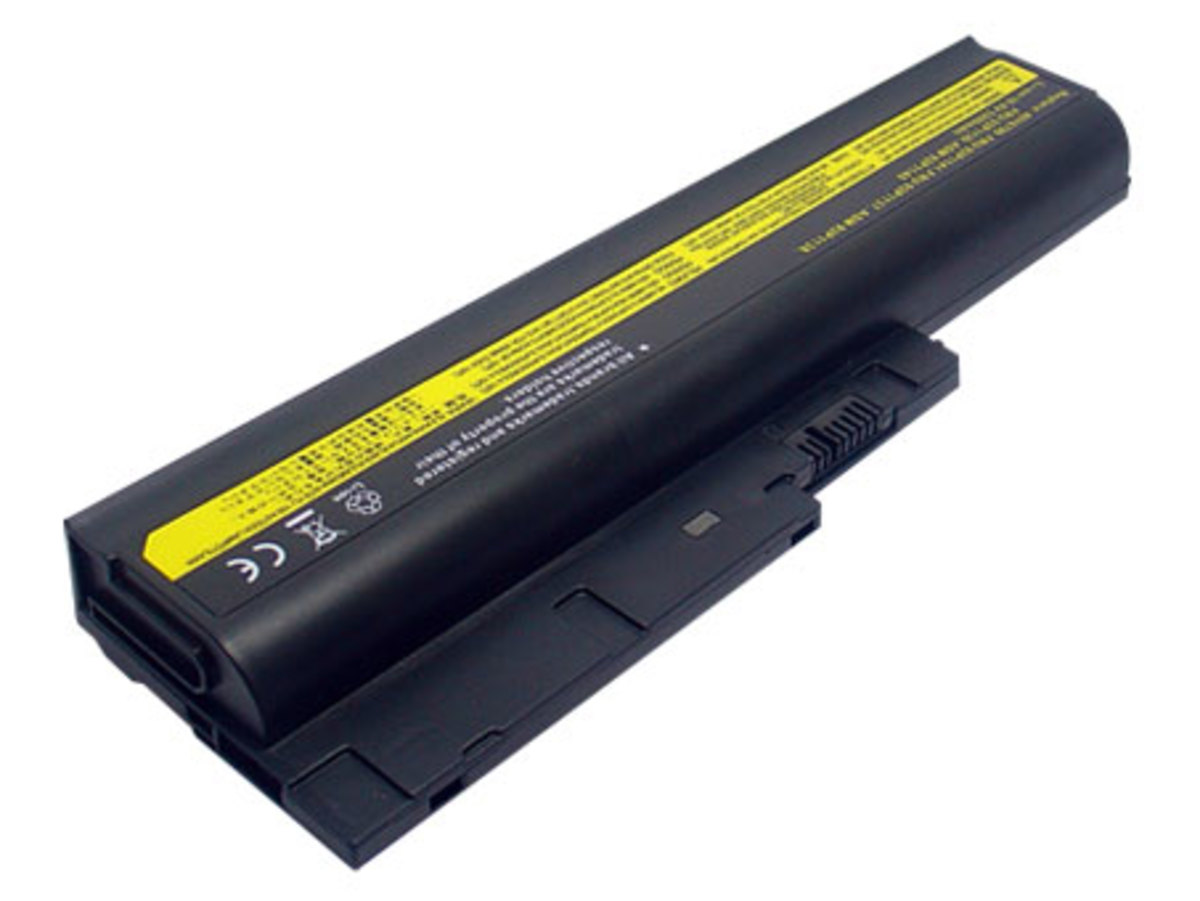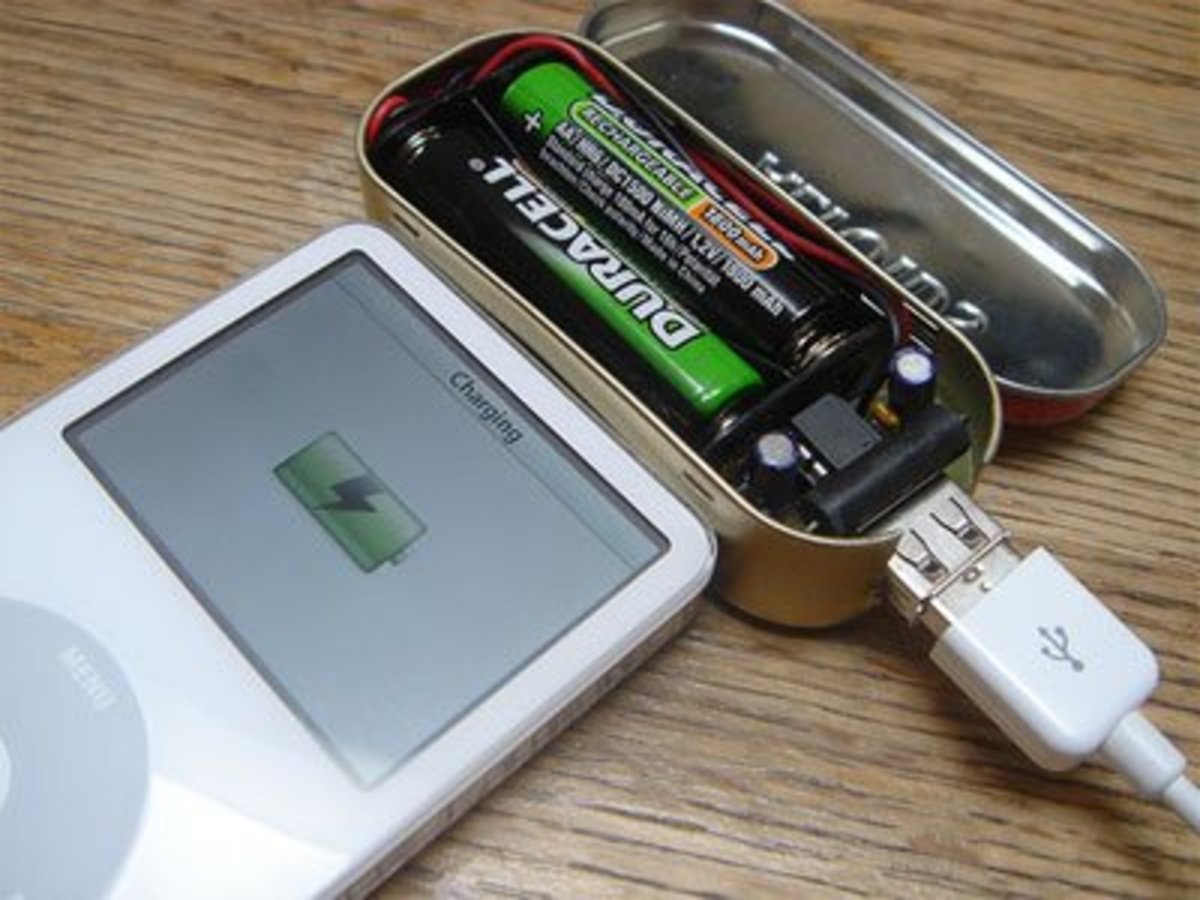12 volt AA battery power pack
AA batteries are light weight, cheap and powerful. With the advent of newer recyclables (hybrids) that maintain a charge over time, it's a great way to power many items. These batteries carry 1.5 volts and capacity (as of this time) of up to 2300 mAh of drain load.
What does that mean? Well, it means you can make your own rechargeable battery packs to power a whole bunch of things. What kind of things? Well, I use them to run a fishfinder on my kayak, power the pump of a portable live-well, and add some extra zip to my kids' Powerwheel vehicles (They can almost do wheelies!). The main reason I use these is for salt water applications where an open strip (like you can buy at an electronic parts store) is not a feasible option.
All you need to make these power packs, in their simplest form, is the batteries and charger, some ½" PVC pipe, caps for the PVC, a drill, some glue (I like plumbers Goop, it does good in salt water), some wire, and some terminals (I like alligator clips for dry, marine for wet).
Figure out however many volts you are going to need to power whatever it is you are trying to power. Read the manual and look at the specs, many electronic items run within a range of voltage, i.e. if it says 12 volts, it may run just fine on 10.5 volts. Call the company if you aren't sure. My fish finder, a Humminbird, runs on a pretty broad range of voltages.
So, let's say you need twelve volts of power. Well, that's 8 AA batteries. (Disclaimer: 8 AA should be your max. It's the max I've tried.) Measure that out and cut the PVC pipe just a hair shorter. This is because the caps will not secure all the way on the end. Drill some holes in the center of your caps, big enough for the wire you are using to fit through. Strip the ends of the wires, one for positive and one for negative. Attach terminals.
Make some contact points in the caps for the batteries to touch. Use a penny, dime, washer, nut, whatever. Put the wire into the caps, put in the contacts and glue the whole shebang. Make sure you don't put glue where the battery is going to touch the contact.
Glue the negatively wired cap to the PVC tube. This is going to be a permanent cap.
Load your batteries. Push on the positive cap and power up.
